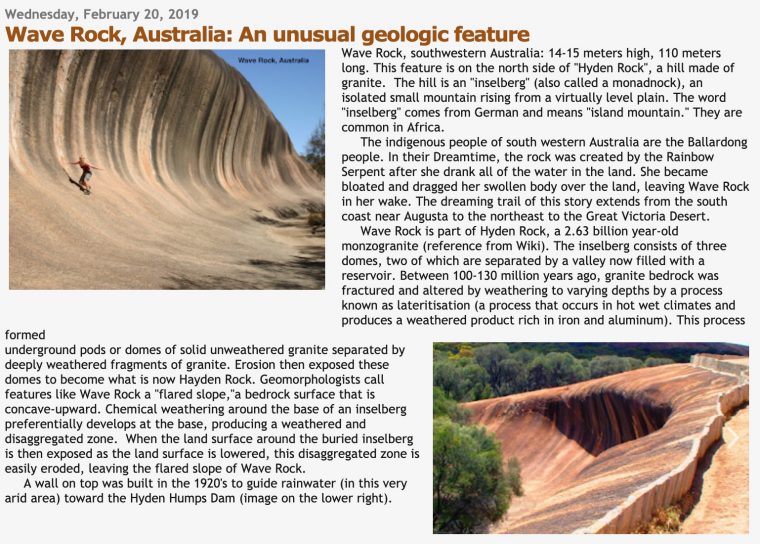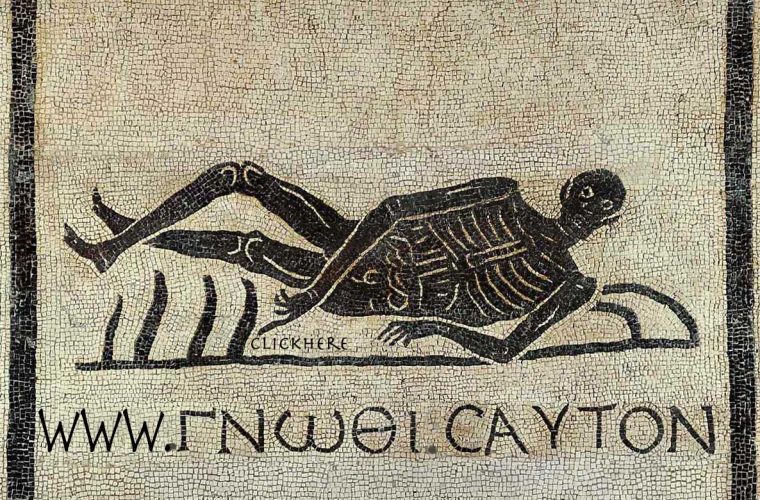Get ready for some arcane bits about figuring out web addresses. It’s hardly commentary on anything pro quo, more just trying to explain my ways.
This happened more than a few times with last times I taught a course where students set up those dandy free blogs on WordPress.com, Blogger, and even tumblr.
And it’s a problem that more signals a problem with the design of the authoring environment but also a bit too of missing some fundamentals How Web Addresses work.
The thing that happens, when asked to share or to connect to something they published on their blog, they would send the link to the post from inside their logged on interface. Not the public address of a post that the world can see. I first do my best to figure out the actual address, and then use it as an example of the difference between the two.
For example a shared link from WordPress.com can look like https://wordpress.com/post/cogdogblog.wordpress.com/2960 (sure try and click, you will be asked to log-in).
Those ones are easy to spot, and it’s readily apparent what the public address of the maun blog is. With some deeper knowledge, I guess that 2960 is a database ID and I can make a guess at the post as http://cogdogblog.wordpress.com/?p=2960 Not so hard.
This next one is a different scenario. A rare email from my former advisor back when I was a budding Geology PhD candidate shared an update to a recent email about what was mentioned in her holiday newsletter.
Enough of you have asked about the origin of Wave Rock that it’s easiest if I bcc: you all. I posted a very short explanation about the origin of Wave Rock and the explanation of the indigenous people on my Blog last year. It is here.
The problem is the link for “here” – it’s the long cryptic link to the editing view. But there’s a clue by reading the URL:
https://www.blogger.com/blogger.g?blogID=4706799725776420299#editor/target=post;postID=6664265308873060837;onPublishedMenu=allposts;onClosedMenu=allposts;postNum=10;src=postname
Yup, a blogID looks like a database reference. How does one get the web address for that? Dig into it.
I start by peeking at the source HTML for this old blogger site I just use for these kinds of purposes https://cogdoghouse.blogspot.com/
Looking at the code for identifying RSS feeds, I have a good suspicion that the numbers in the URL for the Atom feed form the database ID for my blog. so it’s URL https://www.blogger.com/feeds/13117345/posts/default suggests that my blog id is 13117345.
And sure enough, when I log into the editing space for my blog it’s web address is https://www.blogger.com/blogger.g?blogID=13117345#allposts/src=sidebar
So taking a guess, if I use the blogID from Sue’s email and put it into the same format, I can look at the Atom Feed for her blog https://www.blogger.com/feeds/4706799725776420299/posts/default Bingo! right on! Parsing that, I can find her public blog address is http://www.geologyinmotion.com/ and then I can find easily the post she mentioned about “Wave Rock” — it’s rather cool!

And I can just write her about it without having to say something like “your URL is wrong” (she can read my methods here 😉
I just get these small kicks out of knowing how to read URLs and toss in some detective work.
One of my favorite URL detective tricks are when you have a file that has BEEN downloaded from flickr, with a name like 48098584191_06584ba45f_k.jpg how can you find the flickr page where it came from (without resorting to The Google).
You take out the first part, the numbers before the first “_” – 48098584191 actually is a flickr database ID. Then you enter the web address http://flickr.com/photo.gne?id= and put that number after, or http://flickr.com/photo.gne?id=48098584191
Did you see what happened? You end up at https://www.flickr.com/photos/93779577@N00/48098584191/

Sherlock Holmes and John Watson – Sidney Paget Book Illustration 1958 flickr photo by Brechtbug shared under a Creative Commons (BY-NC-ND) license
And Holmes is right! “Nothing could be better than being a URL Detective”.
Maybe?
What’s your best URL trick?
Featured Image: A few photoshop edits (adding WWW on bottom and a not so funny “Click Here”) to Wikimedia Commons image Roman-mosaic-know-thyself.jpg listed as in the public domain, as since it was created around in the first century AD, we are long past the creator’s life plus 100 years. Heck you could bump it 1000 years and we are still public domain.

Your web sites and their addresses are mortal; remember death.

